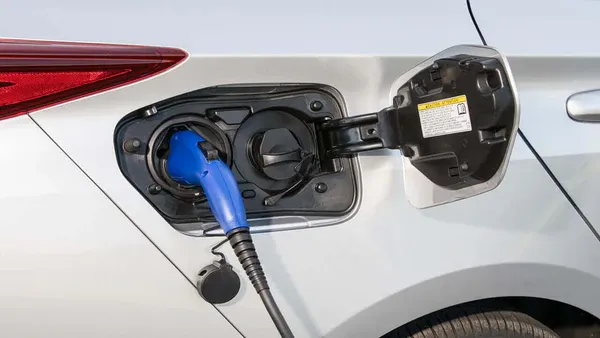The global transition to electric vehicles (EVs) is accelerating at an unprecedented pace. With governments worldwide implementing ambitious net-zero targets and automakers phasing out internal combustion engines, the demand for reliable, scalable, and intelligent EV charging infrastructure has never been greater. At the core of this infrastructure lies the Charge Point Management System (CPMS), an advanced software platform that serves as the operational brain of EV charging networks.
A CPMS is not merely a monitoring tool—it is a comprehensive ecosystem that enables charge point operators (CPOs), e-mobility service providers (eMSPs), and businesses to efficiently manage, optimize, and monetize their charging stations. From real-time remote control to dynamic energy management and seamless user authentication, a CPMS ensures that EV charging networks operate at peak efficiency while delivering a frictionless experience for drivers.
This in-depth exploration will cover:
The fundamental architecture and functionalities of a CPMS
Why CPMS solutions are indispensable for modern EV charging networks
Key challenges in EV charging that CPMS addresses
The latest technological advancements in charge point management
Future trends shaping the evolution of CPMS
By the end of this guide, readers will have a thorough understanding of how CPMS platforms are transforming the EV charging landscape and enabling the sustainable growth of electric mobility.

A Charge Point Management System (CPMS) is a centralized software platform that allows operators to monitor, control, and optimize networked EV charging stations. It acts as the command center for all charging operations, providing real-time data, automated management, and advanced analytics.
Unlike standalone chargers, which operate in isolation, a CPMS enables networked intelligence, allowing multiple charging stations to communicate, share data, and adjust operations dynamically based on demand, energy availability, and business rules.
A modern CPMS consists of several interconnected modules:
Provides an overview of all connected chargers (status, usage, errors)
Enables remote start/stop sessions, reboots, and firmware updates
Supports multiple authentication methods:
RFID cards
Mobile apps (QR code scanning)
Plug-and-charge (ISO 15118)
SMS/email authorization
Flexible pricing models (per kWh, per minute, flat rates)
Integration with payment gateways (Stripe, PayPal, Adyen)
Automated invoicing for fleets & corporate clients
Dynamic power distribution to prevent grid overload
Smart charging algorithms to optimize energy costs
Integration with renewable energy sources (solar, wind, battery storage)
Usage analytics (peak demand, revenue trends)
Energy consumption reports for sustainability tracking
Predictive maintenance alerts
As EV adoption grows, charging networks must expand rapidly. A CPMS allows operators to:
Seamlessly add new chargers without manual configuration
Monitor thousands of stations from a single interface
Standardize operations across different hardware brands
Unmanaged EV charging can strain local power grids. A CPMS mitigates this by:
Load balancing to distribute power intelligently
Demand-response integration to shift charging to off-peak hours
Renewable energy optimization to maximize green power usage
A poor charging experience discourages EV adoption. A CPMS improves reliability by:
Real-time status updates (via apps/navigation systems)
Fault detection & automatic alerts
Seamless roaming between networks (via interoperability protocols like OCPI)
A CPMS unlocks revenue opportunities such as:
Subscription-based charging plans
Reserved charging & premium parking
Advertising & partnerships with retailers
Anomaly detection to identify failing components before they break
Automated diagnostics to reduce technician visits
EVs act as mobile energy storage, feeding power back to the grid
CPMS manages energy trading & revenue sharing
Decentralized billing to prevent fraud
Smart contracts for automated payments
Self-scheduling for robotaxis & delivery EVs
Dynamic prioritization based on battery levels
Managing 350kW+ chargers without grid instability
Battery buffering solutions to reduce demand charges
Seamless cross-network roaming (e.g., Tesla Superchargers opening to all EVs)
Automated authentication via ISO 15118
Traffic-adaptive charging pricing
Sync with public transport & energy grids
The Charge Point Management System is no longer optional—it is the beating heart of EV infrastructure. As charging networks grow from hundreds to millions of stations, only advanced CPMS solutions can ensure reliability, scalability, and sustainability.
Charge Point Management Systems are indispensable in the efficient operation and expansion of EV charging networks. By providing comprehensive management tools, enhancing user experiences, and integrating with broader energy systems, CPMS platforms support the sustainable growth of electric mobility infrastructure. As technology advances and the adoption of electric vehicles continues to rise, the role of CPMS will become increasingly significant in shaping the future of transportation.
